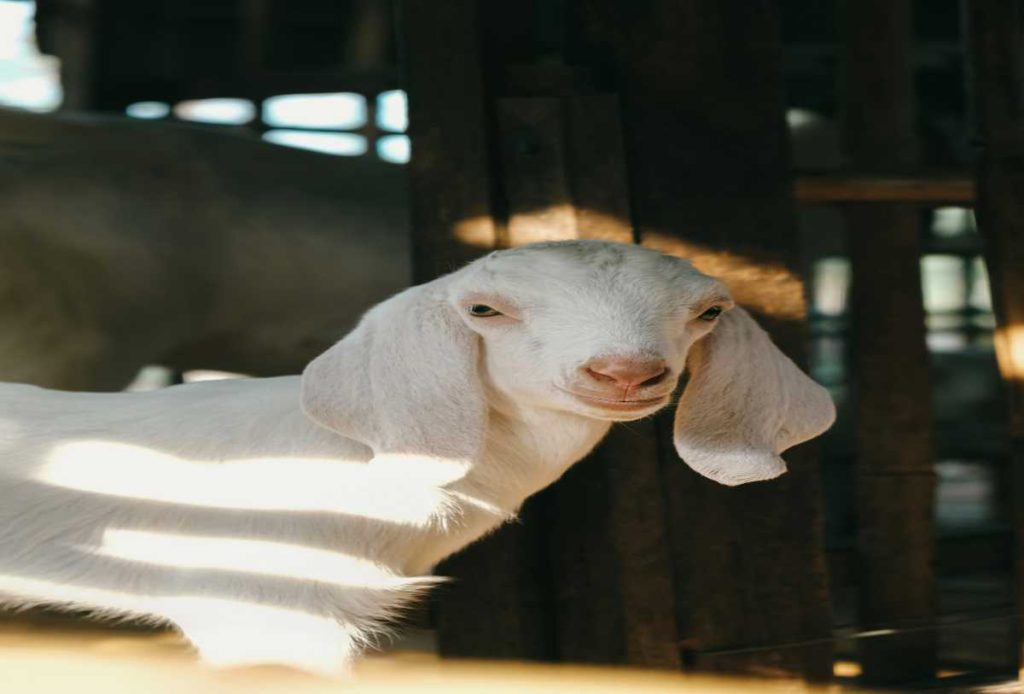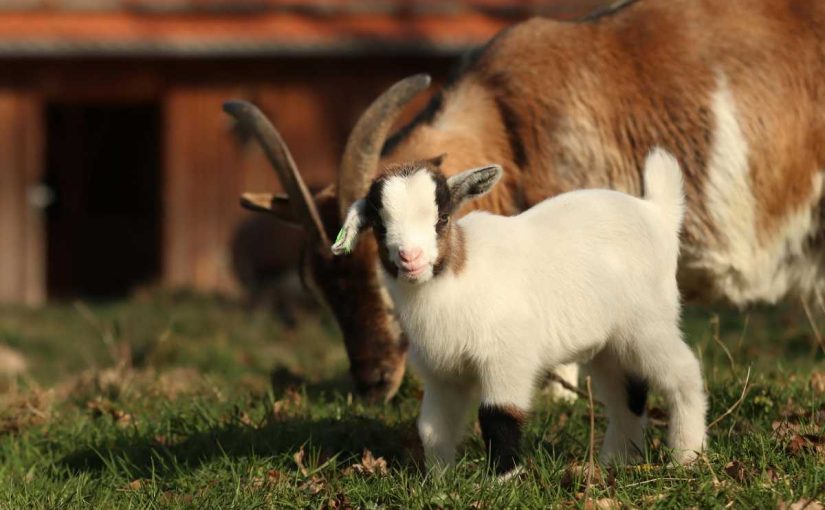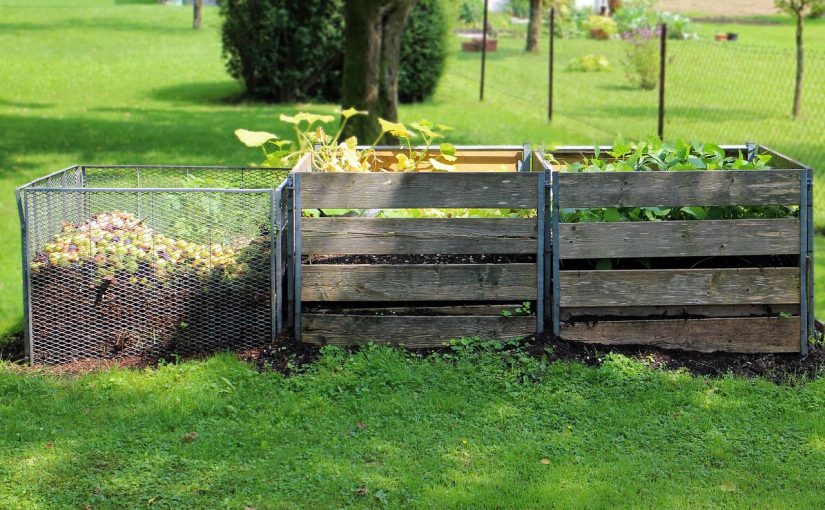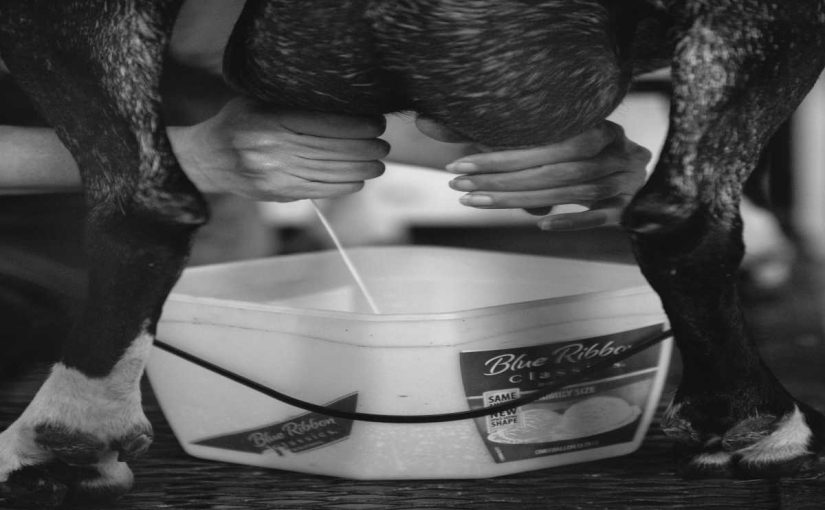Winter can be a tough season for both goats and their owners. The cold, damp, and often harsh weather can lead to health issues for your herd if not properly managed. Goats are hardy animals, but they need a secure, comfortable environment to thrive during the colder months. Preparing your goat barn for winter is crucial to keeping your animals warm, healthy, and safe.
In this blog, we will provide you with eight essential tips for winterizing your goat barn to ensure your goats stay protected from the elements, maintain good health, and stay productive through the winter season.
1. Inspect and Repair the Barn Structure
Before winter arrives, thoroughly inspect the entire barn to ensure that it is in good condition. Cold winds, rain, and snow can easily find their way into cracks or damaged areas, so it’s important to fix any structural issues.
What to Look For:
- Roof: Check for leaks or missing shingles that could allow snow or rain to enter. Repair or replace damaged roofing materials to prevent moisture from accumulating inside the barn.
- Walls: Look for cracks or holes in the barn’s walls and seal them to prevent drafts. Use weatherproof caulk or foam insulation to fill any gaps. Ensure the barn is solid and free of weak spots that might let cold air in.
- Doors and Windows: Ensure doors close tightly and that windows are sealed. Consider adding weather stripping or replacing old seals. If windows are necessary for ventilation, you can cover them with plastic sheeting to retain warmth while still allowing airflow.
Tip: A well-maintained barn not only helps keep your goats warm but also reduces the risk of predator entry.
2. Insulate the Barn
Goats are hardy creatures, but they still need protection from the extreme cold that comes with winter. Proper insulation can help keep your barn warmer and more comfortable for your goats.
How to Insulate:
- Insulate the Walls: Use foam board, fiberglass insulation, or other insulating materials to line the inside of your barn’s walls. This will help retain heat and keep the barn warm even on the coldest days.
- Floor Insulation: Consider adding straw or wood shavings to the floor to create a thick, insulating bedding layer. This bedding not only helps with insulation but also provides comfort for your goats to rest on.
- Ceiling Insulation: Insulating the ceiling of your barn will prevent heat from escaping, making the barn much warmer for your goats. You can use reflective insulation or fiberglass batts for this purpose.
Tip: Proper insulation also helps control humidity levels inside the barn, preventing dampness, which can lead to health problems like respiratory infections in goats.
3. Ensure Proper Ventilation
While insulating your barn to retain heat, it’s also essential to maintain adequate ventilation. Goats are sensitive to high levels of moisture and ammonia, which can build up from their urine and breath. Without proper airflow, the barn can become stuffy and damp, leading to respiratory issues.
How to Improve Ventilation:
- Install Vents: Ensure the barn has vents at the top of the walls to allow hot, moist air to escape. Proper venting can help reduce ammonia buildup and keep the air fresh and dry.
- Airflow Through Windows or Louvers: Openable windows or louvered vents near the top of the barn can help maintain airflow without letting in too much cold air.
- Prevent Drafts Near Bedding: Keep the vents near the roof or upper areas of the barn to ensure they don’t blow cold air directly onto the goats’ bedding areas.
Tip: In winter, goats need fresh air, but they shouldn’t be exposed to direct drafts that could chill them. Balance ventilation with insulation to ensure a comfortable environment.
4. Provide Adequate Bedding
Goats need a dry and comfortable place to rest during the winter months, as prolonged exposure to damp conditions can lead to cold stress, joint issues, and other health concerns. Bedding is essential for keeping your goats warm, dry, and comfortable.
Best Bedding Materials:
- Straw: Straw is an excellent bedding material for goats because it is insulating and absorbent. It creates a soft, warm surface for them to rest on and helps manage waste.
- Shavings or Sawdust: Wood shavings or sawdust can also work as bedding, but they need to be replenished frequently to avoid becoming soggy.
- Hay: Hay can also be used as bedding, especially if you use it in combination with straw or shavings. Just be sure the hay doesn’t get too wet or moldy.
Tip: Add extra bedding during extreme cold spells. A thick layer of bedding will help insulate your goats from the cold floor and provide a cozy place for them to lie down.

5. Check the Water Supply
In cold temperatures, water can freeze quickly, making it difficult for your goats to stay hydrated. Frozen water sources can be dangerous and lead to dehydration, so it’s crucial to have a system in place to ensure your goats have access to fresh, unfrozen water at all times.
How to Prevent Freezing:
- Heated Waterers: Consider using heated waterers that keep the water at a safe, drinkable temperature. These are ideal for outdoor pastures or for water stations in the barn.
- Insulated Troughs or Buckets: If you don’t use heated waterers, you can purchase insulated troughs or buckets to help prevent the water from freezing.
- Frequent Checks: During extremely cold weather, check the water supply several times a day to ensure it hasn’t frozen. Make sure to change the water as needed.
Tip: Goats need access to fresh water year-round, so take the time to prepare for freezing conditions in advance.
6. Prepare for Power Outages
Winter storms and freezing temperatures often lead to power outages, which can disrupt your water supply or the barn’s heating system. It’s essential to have backup plans in place to ensure your goats are still taken care of if the power goes out.
Backup Solutions:
- Generator: Invest in a backup generator to keep essential equipment like water heaters, barn lights, or ventilation fans running during an outage.
- Manual Watering: Have a plan to manually provide water to your goats in case your automatic watering system fails during a power outage. Keep extra buckets or containers on hand for quick access.
- Battery-Powered Lights: Use battery-powered lights to ensure you can check on your goats and perform essential tasks even if the electricity is out.
Tip: Having backup plans for power outages ensures that your goats stay safe, warm, and hydrated even in the event of an emergency.
7. Goat Health and Winter Care
Winter can put additional stress on your goats, and it’s essential to monitor their health closely. Cold weather can exacerbate health problems or create new challenges, so keeping a close eye on their condition is crucial.
Health Considerations:
- Monitor Body Condition: Ensure your goats are in good body condition before winter sets in. Goats that are too thin or malnourished may struggle to stay warm during the winter months.
- Provide Extra Nutrition: Goats require extra calories in winter to maintain their body temperature. Offer them more hay or a higher-quality feed to ensure they get enough energy to stay warm.
- Hoof Maintenance: Cold and wet conditions can cause hoof problems in goats, so regularly trim their hooves and check for signs of infection or injury.
- Frostbite Prevention: Be mindful of frostbite, particularly in areas like ears and hooves. Goats with frostbite can develop painful conditions that require veterinary care.
Tip: Regular health checks throughout the winter season can help catch any problems early before they become serious.
8. Provide Windbreaks and Shelter
While goats are generally good at handling the cold, they are vulnerable to strong winds, particularly when combined with rain or snow. Windbreaks can help protect them from the harshest elements and provide a more comfortable environment.
How to Create Windbreaks:
- Natural Windbreaks: Planting trees or shrubs around the barn can help reduce the impact of winter winds and create a more sheltered area for your goats.
- Portable Fencing or Tarps: If you don’t have natural windbreaks, you can use portable fencing or tarps to block the wind from certain areas of the barn or pasture. Be sure to secure these materials well so they don’t blow away in storms.
Tip: Ensure that your goats have access to a dry, sheltered area where they can escape the cold wind during extreme weather.
Conclusion
Winterizing your goat barn is an important part of responsible goat care. By following these eight essential tips, you can help ensure that your goats stay warm, healthy, and safe throughout the winter season. A well-prepared barn not only makes your goats more comfortable but also helps prevent health issues, maintain productivity, and reduce stress during the colder months. Start preparing early to avoid last-minute hassles, and your goats will thank you by thriving in the winter.




